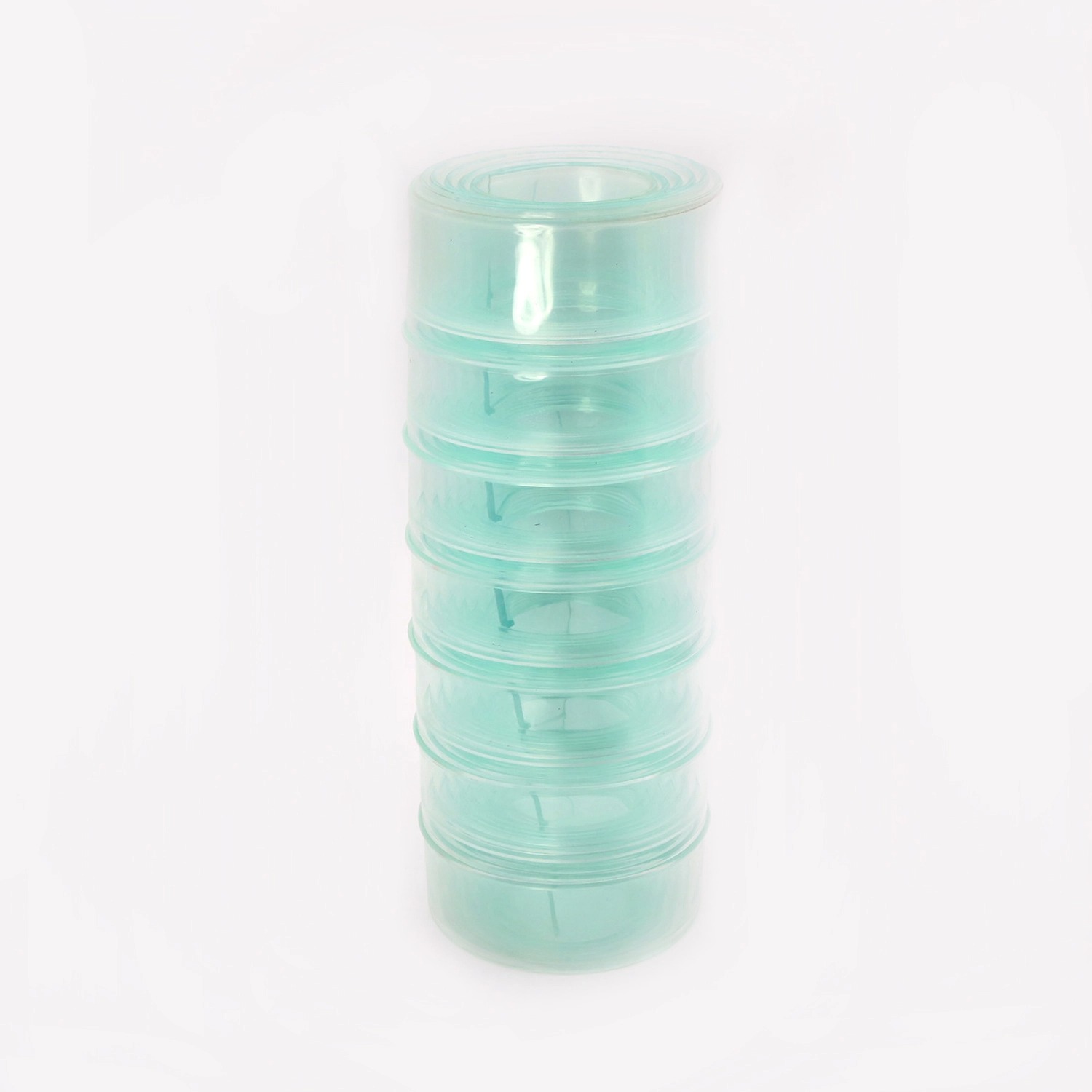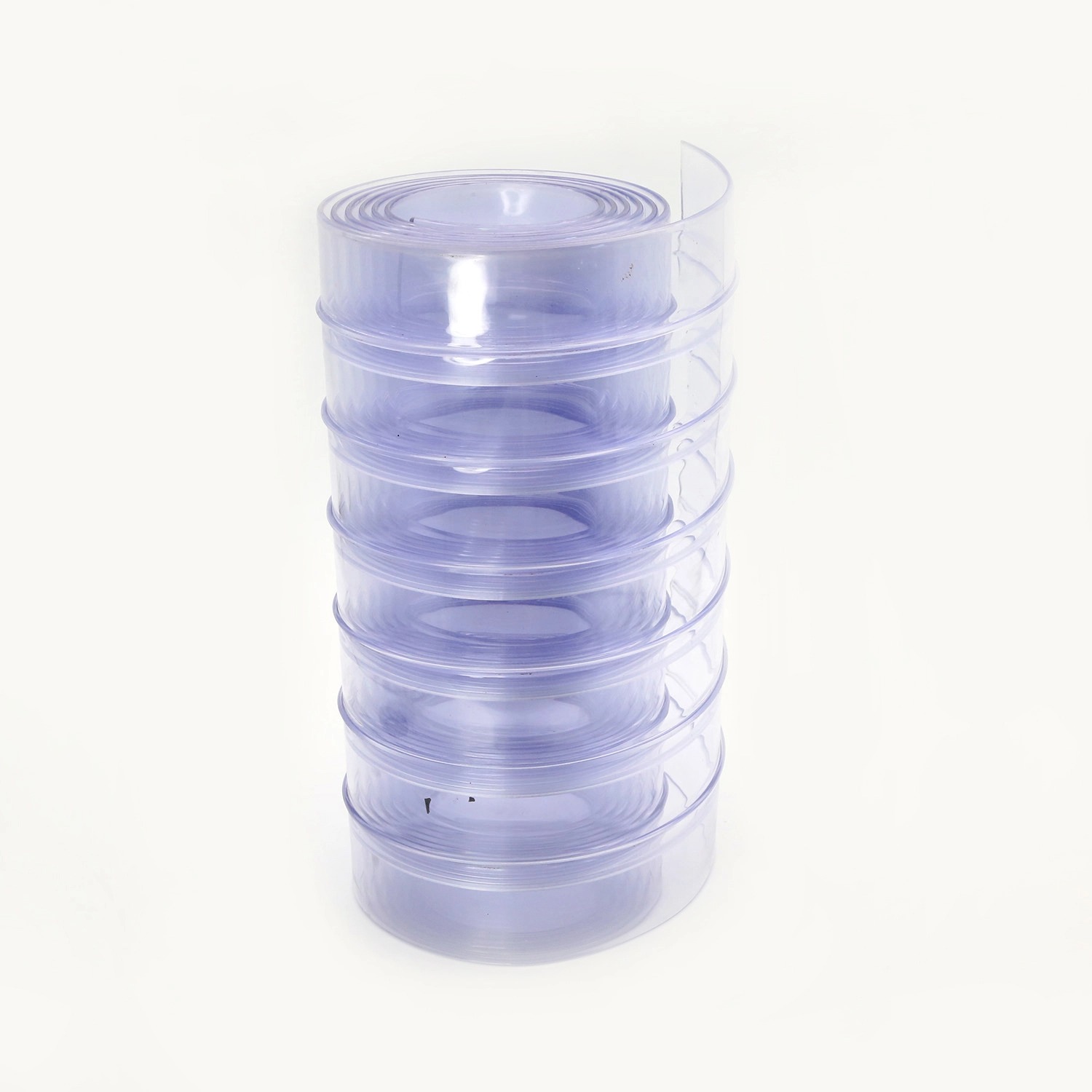Views: 174 Author: Site Editor Publish Time: 2025-07-21 Origin: Site









Polyvinyl chloride, more commonly known as PVC, is a versatile plastic material used in countless applications across industries—from construction and signage to healthcare and electronics. One particular form that has gained widespread adoption is the PVC sheet. Due to its impressive balance of cost-efficiency, durability, and ease of use, PVC sheets are a top choice for various interior and exterior solutions.
However, when selecting materials for environments where heat or flame exposure is a concern, the fire resistance of a material becomes a crucial factor. This brings us to a pressing question: Are PVC sheets fire-resistant? In this article, we’ll explore the fire resistance properties of PVC sheets in detail, diving into chemical composition, classification standards, use-case scenarios, and much more.
PVC sheets are primarily made of polyvinyl chloride resin, combined with plasticizers, stabilizers, impact modifiers, and other additives to enhance their physical and mechanical properties. These sheets can be either rigid or flexible, depending on their formulation.
Chemically speaking, PVC is composed of 57% chlorine (derived from common salt) and 43% carbon (mostly from petroleum or natural gas). This relatively high chlorine content contributes significantly to PVC’s resistance to ignition. Unlike hydrocarbons that burn easily, chlorine-based compounds require more energy to combust.
Here is a simplified breakdown of components commonly found in standard PVC sheets:
| Component | Purpose |
|---|---|
| Polyvinyl Chloride | Base resin; primary structural component |
| Chlorine | Enhances fire retardancy |
| Plasticizers | Increases flexibility (in soft sheets) |
| Stabilizers | Improves thermal stability |
| Fillers & Pigments | Adjust color and texture |
The formulation and additives used in a specific PVC sheet will directly influence its behavior under fire-related conditions.

To determine if a material is fire-resistant, we must evaluate how it behaves when exposed to flame, heat, and smoke. Fire resistance doesn’t mean that a material is fireproof or completely non-combustible—it means the material can delay the spread of fire, emit low smoke, or self-extinguish when the flame is removed.
PVC sheets exhibit several fire-retardant characteristics:
High Ignition Temperature: PVC requires a relatively high temperature (around 455°C or 851°F) to ignite, compared to wood or polyethylene.
Low Flame Propagation: Once ignited, PVC burns slowly and can self-extinguish when the flame source is removed.
Minimal Dripping: Unlike some thermoplastics, PVC does not drip molten material that could further spread fire.
Low Heat Release: It releases less heat during combustion, which reduces its contribution to overall fire load.
This behavior is largely attributed to the chlorine content in PVC, which interferes with the free radical reactions needed for combustion.
To objectively assess the fire resistance of PVC sheets, standardized fire tests and classifications are used globally. Among the most recognized are the UL 94, ASTM E84, and EN 13501-1 standards. These tests measure parameters such as flame spread, smoke development, and material ignition.
Here’s a comparative summary of how PVC sheets typically perform in these tests:
| Fire Standard | Test Description | Typical PVC Sheet Result |
|---|---|---|
| UL 94 | Vertical and horizontal burn tests | V-0 or V-2 rating (self-extinguishing) |
| ASTM E84 | Flame spread and smoke development index | Class A or Class B |
| EN 13501-1 | European classification for reaction to fire | B-s1, d0 or similar |
Note: Results may vary based on the sheet’s thickness, additives, and intended application. Always refer to technical data sheets (TDS) from the manufacturer for precise values.
The ability of PVC sheets to meet Class A or B fire ratings means they are suitable for use in commercial buildings, public transportation systems, and industrial applications where safety regulations demand fire-retardant materials.
PVC sheets are used in a wide range of sectors, but their fire-resistant nature makes them particularly valuable in environments where flame and heat risks are present.
PVC sheets are often used in wall cladding, ceiling panels, and interior partitions. Their low flame-spread properties and self-extinguishing behavior help prevent fire escalation, especially in public areas such as schools, hospitals, and offices.
Given that electrical fires are a common hazard, materials used for cable insulation, conduit panels, and electrical enclosures must possess fire-retardant properties. Rigid PVC sheets fulfill these requirements while offering good dielectric strength.
Trains, buses, and aircraft interiors often incorporate PVC-based components like seat backs, linings, and panels. Fire-rated PVC sheets provide the essential safety needed in confined passenger spaces.
In environments where chemical resistance and fire safety are both critical—like in laboratories and pharmaceutical manufacturing—PVC sheets serve as wall and surface linings, combining durability with flame resistance.

No, the fire-resistance level varies based on the formulation and additives used. Some are specially designed as fire-retardant (FR) PVC sheets, while others are standard-grade. Always consult the product’s certification and test reports.
Generally, rigid PVC sheets perform better in fire tests. Flexible variants may include plasticizers that can affect combustion behavior, but many are still formulated to meet basic fire-retardant standards.
PVC does produce hydrogen chloride gas and dense smoke upon combustion, which can be hazardous in enclosed environments. However, low-smoke formulations are available and widely used in safety-critical applications.
Yes, UV-stabilized and fire-rated PVC sheets are available for outdoor use. These products offer weather resistance along with flame retardancy, making them suitable for signage, shelters, and temporary constructions.
Despite its self-extinguishing nature, PVC is not entirely fireproof. Under sustained fire conditions, especially in oxygen-rich environments, it can still ignite and degrade, producing toxic byproducts.
Key considerations include:
Toxic Smoke: Burning PVC emits hydrogen chloride, which forms hydrochloric acid upon contact with moisture. This is corrosive and poses respiratory risks.
Compliance Requirements: Depending on the industry, PVC sheet use may be restricted unless it meets specific fire and smoke standards.
Temperature Limits: Long-term exposure to high temperatures (above 60°C for rigid PVC) can cause deformation or yellowing even without open flame.
To mitigate these risks, always ensure the PVC sheet is:
Certified by recognized fire standards
Installed with appropriate ventilation or fire suppression systems
Combined with fire barriers in high-risk zones
Yes—PVC sheets are inherently fire-retardant, thanks to their chlorine-based chemistry and self-extinguishing properties. They do not easily ignite, and once the source of ignition is removed, they tend to stop burning. These characteristics make them a reliable choice for applications where fire safety is a concern.
However, fire resistance is not absolute. The performance of PVC sheets under fire conditions depends on their specific formulation and whether they’ve been enhanced with additional flame-retardant agents. When choosing a PVC sheet for fire-sensitive applications, it’s critical to review technical specifications, fire ratings, and local compliance regulations.
+86-17568932656
+86-532-83954588
+86-13853208588
coseal@coseals.com / coseal@163.com / 1097813981@qq.com

